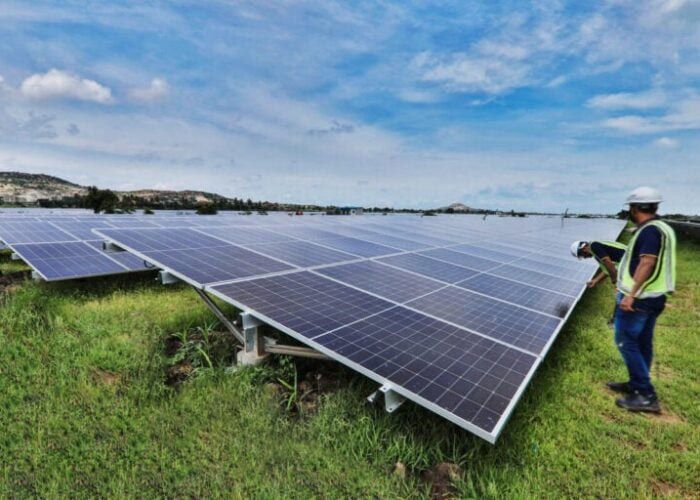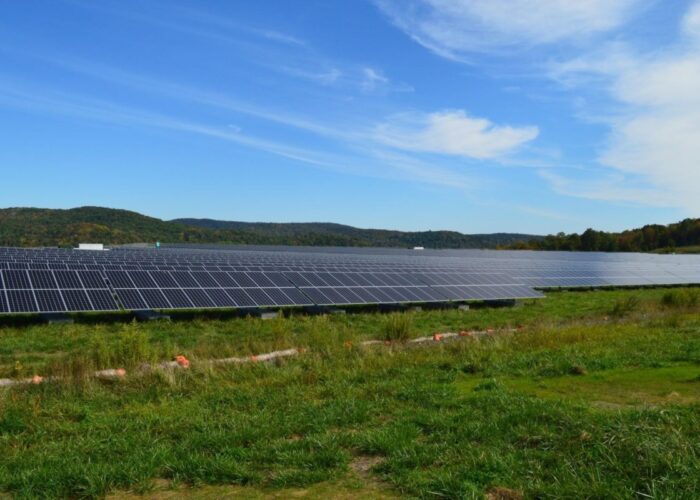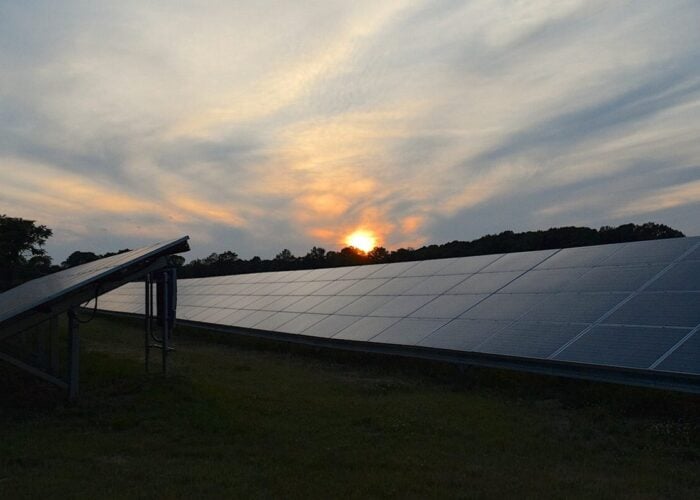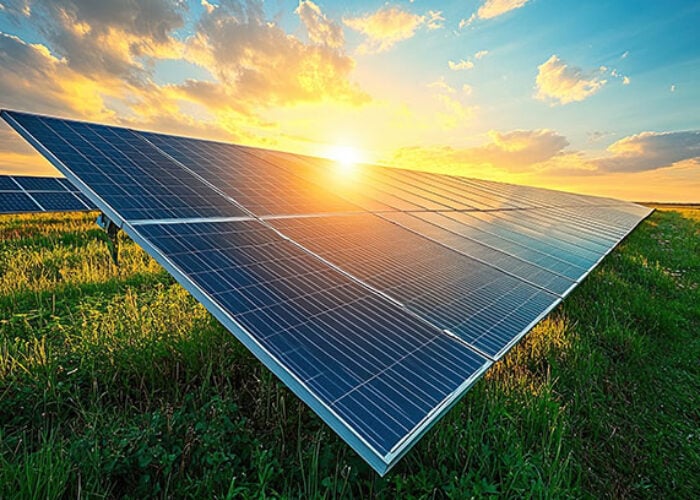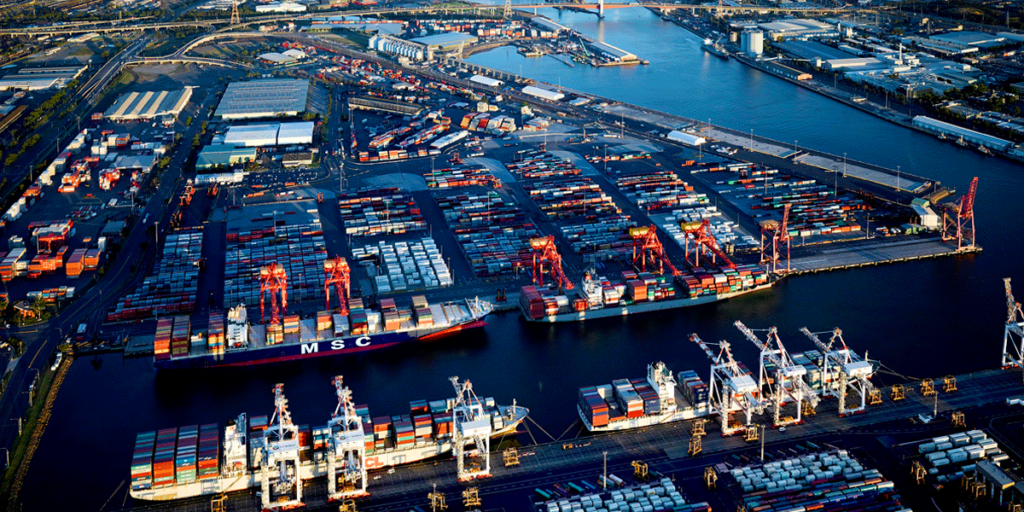
Investment Fund Managers (IFM) Investors and Queensland Investment Corporation (QIC), two of Australia’s largest infrastructure fund managers, have signed landmark power purchase agreements (PPA) worth AU$700 million (US$466 million) for 500GWh of renewable energy per year.
The two firms confirmed today (13 June) that the third round of deals had been signed for the final stage of its Australian Infrastructure Renewable Energy Program (AIREP), aiming to decarbonise significant infrastructure assets across Australia.
Try Premium for just $1
- Full premium access for the first month at only $1
- Converts to an annual rate after 30 days unless cancelled
- Cancel anytime during the trial period
Premium Benefits
- Expert industry analysis and interviews
- Digital access to PV Tech Power journal
- Exclusive event discounts
Or get the full Premium subscription right away
Or continue reading this article for free
The Stage Three group will surpass Stage One as the most considerable contracted load (in aggregate) as part of Australia’s largest multi-asset, multi-state PPA. It is also the first consortium to sign for green rights beyond 2030.
The assets signed on for Stage Three include Port of Melbourne, Lochard Energy, Nexus Hospital, Healius Limited, Sydney Airport, Adelaide Airport, and PRP Diagnostic Imaging.
Iberdrola and Squadron Energy have been chosen as the energy suppliers for Stage Three. They will join Origin Energy and Stanwell, who are already suppliers for the assets that joined the program in Stages One and Two. All of these companies have substantial solar assets in their portfolios.
CORE Markets, an independent renewable energy, markets, and sustainability advisory firm, structured the deals.
Ross Israel, head of global infrastructure at QIC, believes the program will reduce the carbon footprint of some of Australia’s critical infrastructure assets and “reduce the exposure of assets to energy market volatility”.
“We are contributing to the net zero ambitions of some of Australia’s most significant infrastructure assets while also reducing our assets’ exposure to energy market volatility and delivering cost-savings through renewable energy,” Israel said.
AIREP adds further critical assets to its already extensive list
Launched in March 2022, Stage One of the program included seven essential infrastructure assets across New South Wales and Victoria. This included NorthWestern Roads Group’s WestLink M7, Transurban’s CityLink, Nexus Hospitals, Melbourne Airport, NSW Ports, Southern Cross Station and Ausgrid.
In November 2022, Brisbane Airport Corporation signed on for Stage Two of the program.
Stage Three will see additional infrastructure assets join the program, bringing its peak size to over 500GWh per annum.
Michael Hanna, head of infrastructure Australia at IFM, stated that the programme’s success could help Australian assets further decarbonize their operations, following a blueprint similar to those within the AIREP.
“Importantly, it [AIREP] provides a blueprint to help more infrastructure assets switch to renewable energy and accelerate the sector’s emission reduction efforts,” Hanna said.



